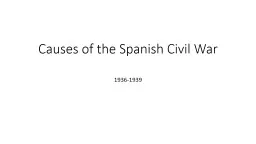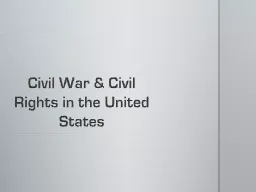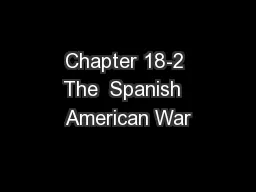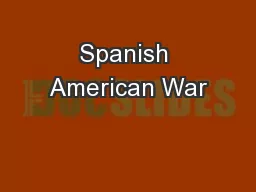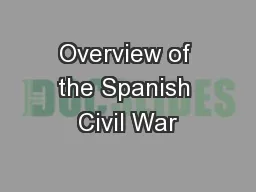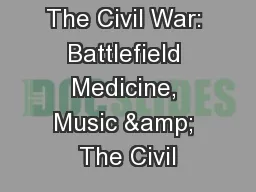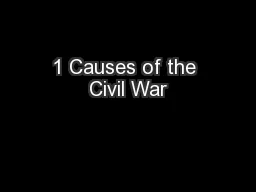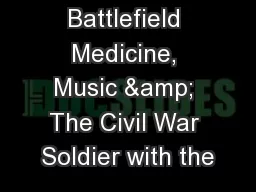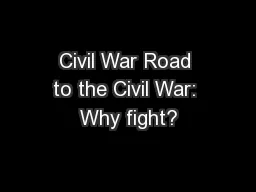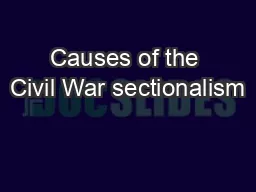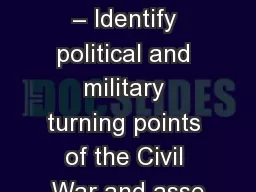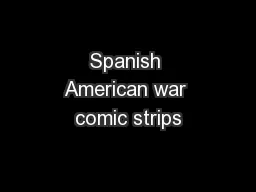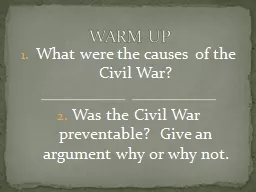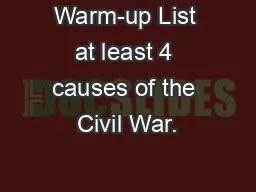PPT-Causes of the Spanish Civil War
Author : danika-pritchard | Published Date : 2018-09-23
19361939 The Causes of the War Profound cause long period of decline since the great days of he Spanish Empire Spain had made little progress lost her empire and
Presentation Embed Code
Download Presentation
Download Presentation The PPT/PDF document "Causes of the Spanish Civil War" is the property of its rightful owner. Permission is granted to download and print the materials on this website for personal, non-commercial use only, and to display it on your personal computer provided you do not modify the materials and that you retain all copyright notices contained in the materials. By downloading content from our website, you accept the terms of this agreement.
Causes of the Spanish Civil War: Transcript
Download Rules Of Document
"Causes of the Spanish Civil War"The content belongs to its owner. You may download and print it for personal use, without modification, and keep all copyright notices. By downloading, you agree to these terms.
Related Documents

